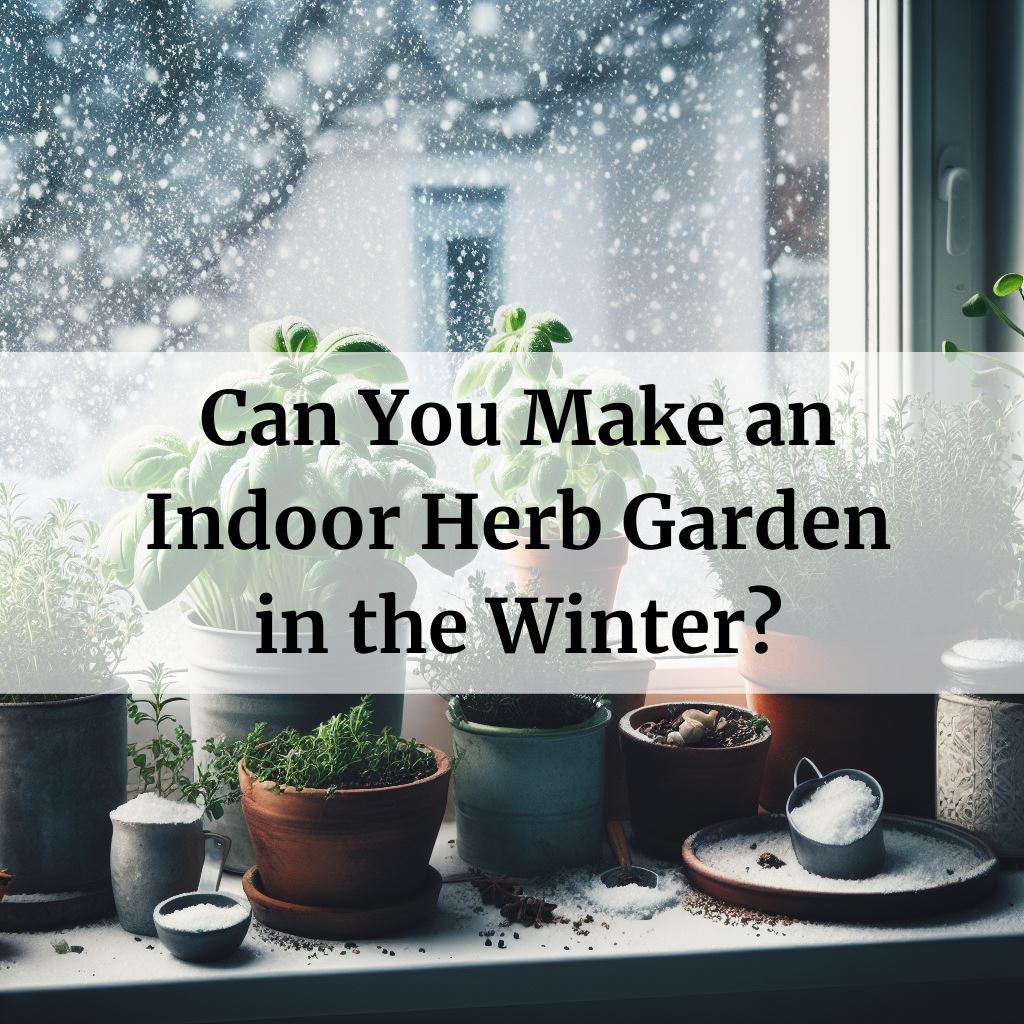
During the cold months, fresh herbs can be hard to come by. An indoor herb garden in winter is a great way to have fresh herbs on hand all winter long. Certain hearty herbs can thrive indoors with proper care.
In this article
Key takeaways
- Grow Mediterranean herbs like chives, oregano, basil indoors in winter
- Herbs need 4+ hours of sunlight daily from a south or west window
- Ideal temperatures are 65-70°F during the day and 55°F at night
- Use terra cotta pots or self-watering containers with drainage holes
- Water when soil partially dries out, test with your finger
- With attentive care, you can have fresh herbs all winter!
Growing Indoor Plants for Your Winter Garden
Not all herbs do well indoors. When choosing herbs for an indoor winter garden, opt for plants that originate from Mediterranean regions. These plants are accustomed to dry conditions and periods of dormancy. Some great options include:
Chives
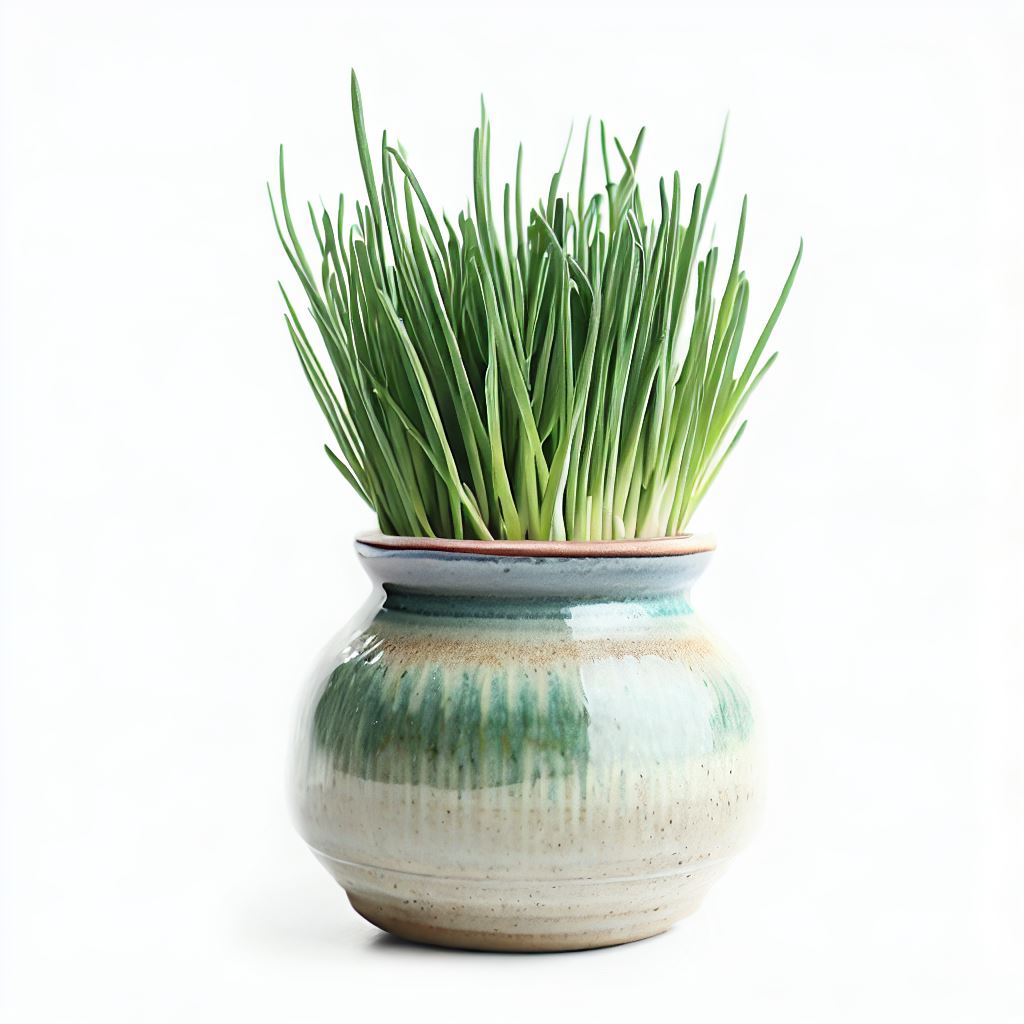
Chives are a cold hardy herb that can tolerate temperatures as low as 20°F. They will continue growing all winter long indoors.
- Delicate onion flavor and aroma
- Perennial
- Grows 12-15 inches tall
- Very beginner friendly
- Use in salads, soups, omelets, baked potatoes
Oregano
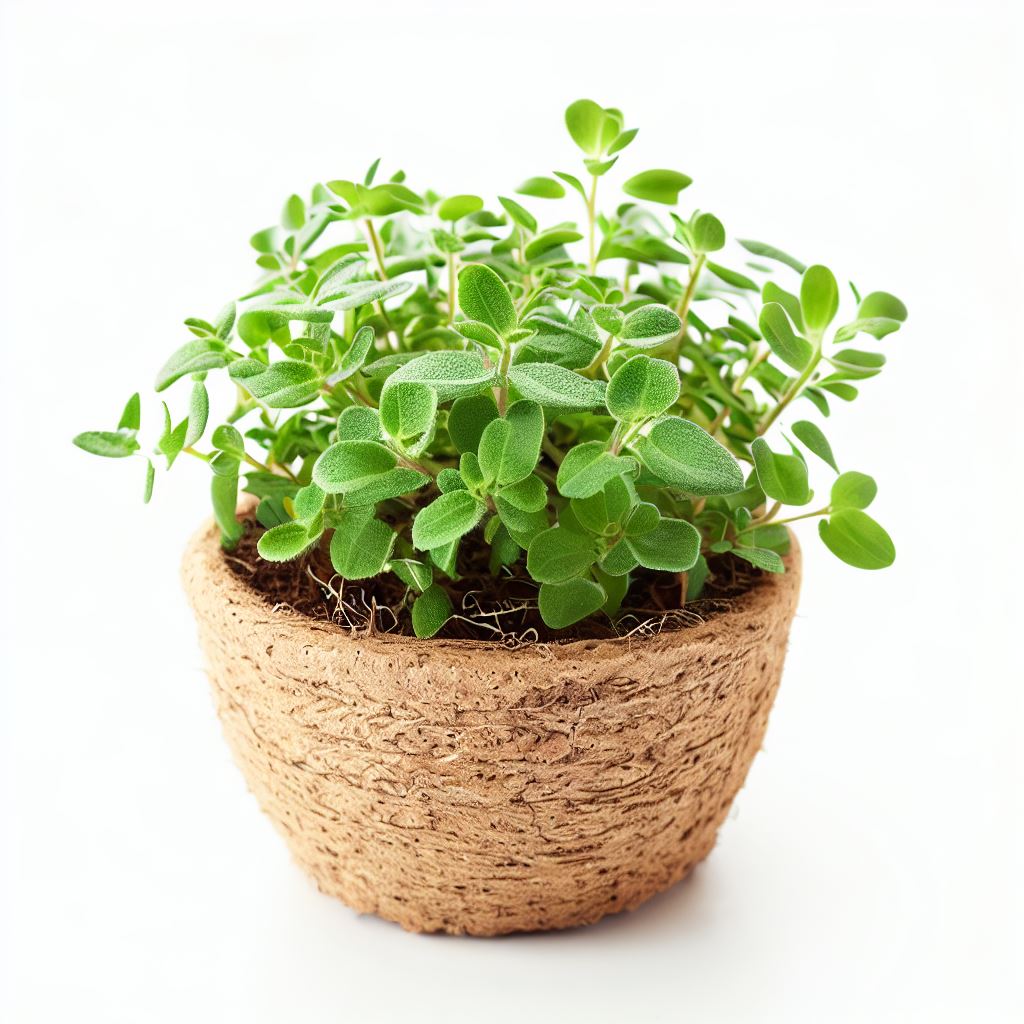
A perennial herb, oregano will live for years indoors over the winter. Place in a sunny window for best results.
- Bold, aromatic flavor
- Perennial
- Grows 12-24 inches tall
- Moderately easy for beginners
- Use in pasta, pizza, vegetables, meat dishes
Basil
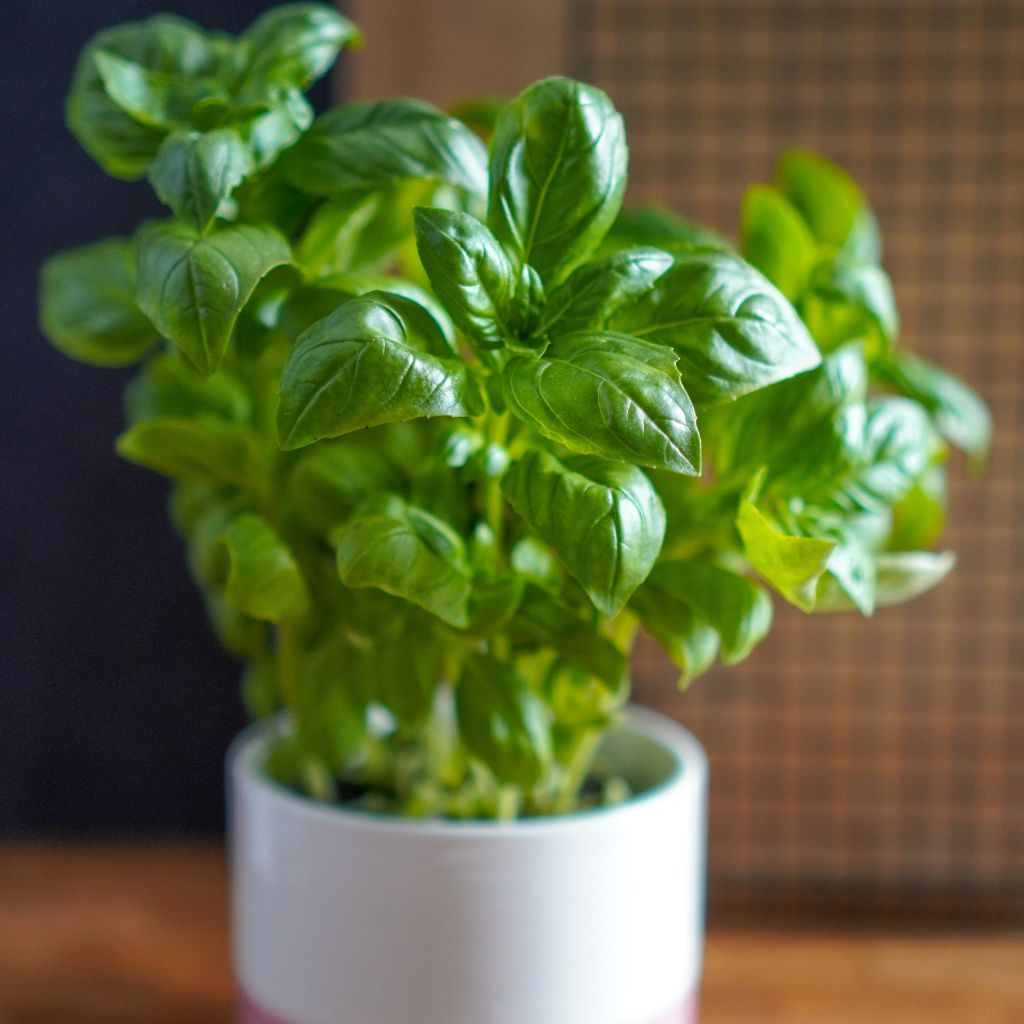
Choose a dwarf or bush variety of basil for indoor growing. Regular pruning encourages dense growth.
- Sweet, peppery flavor
- Annual
- Grows 12-18 inches tall
- Easy for beginners
- Use in pesto, caprese salad, pizza, tomato dishes
Rosemary
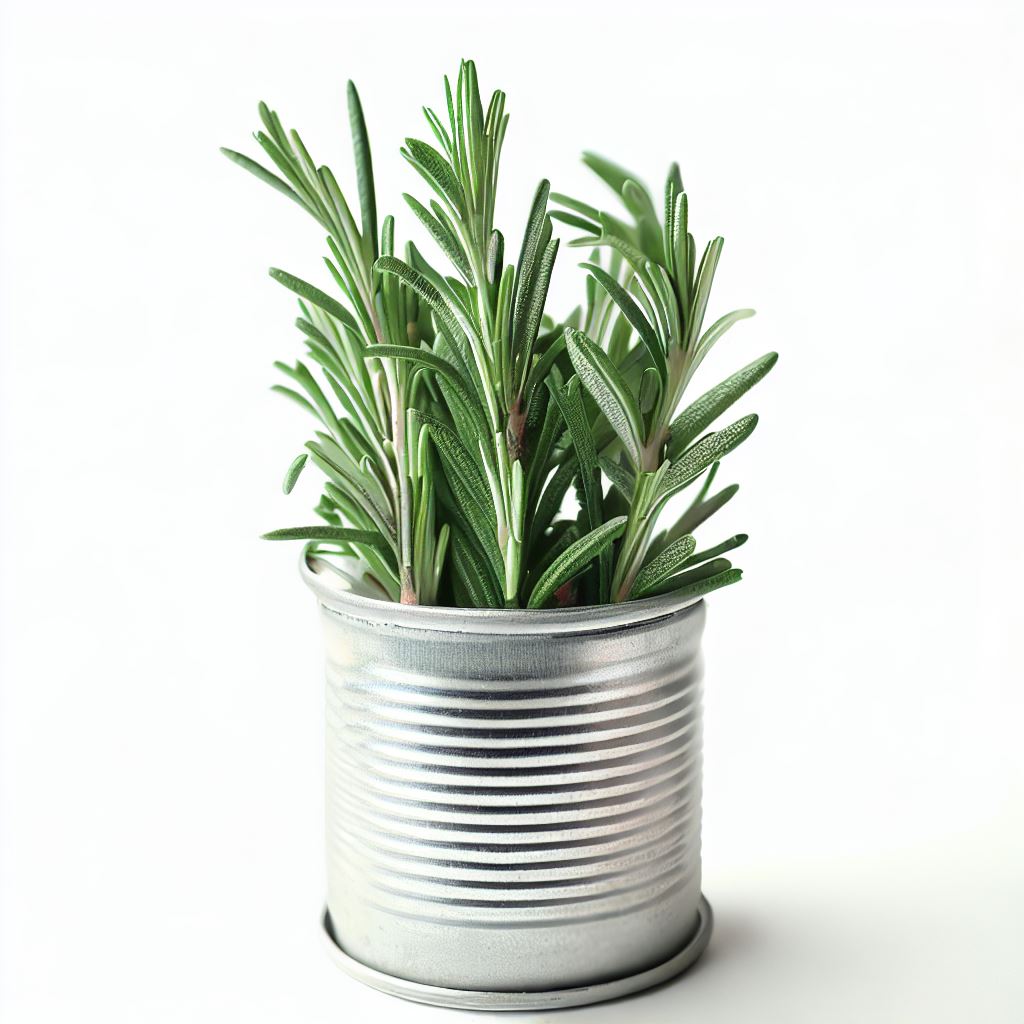
As long as rosemary gets lots of sun and warm temperatures, it thrives indoors in winter.
- Piney flavor and scent
- Perennial
- Grows 3-5 feet tall
- Intermediate for beginners
- Use in roast meats, breads, and Mediterranean dishes
Mint
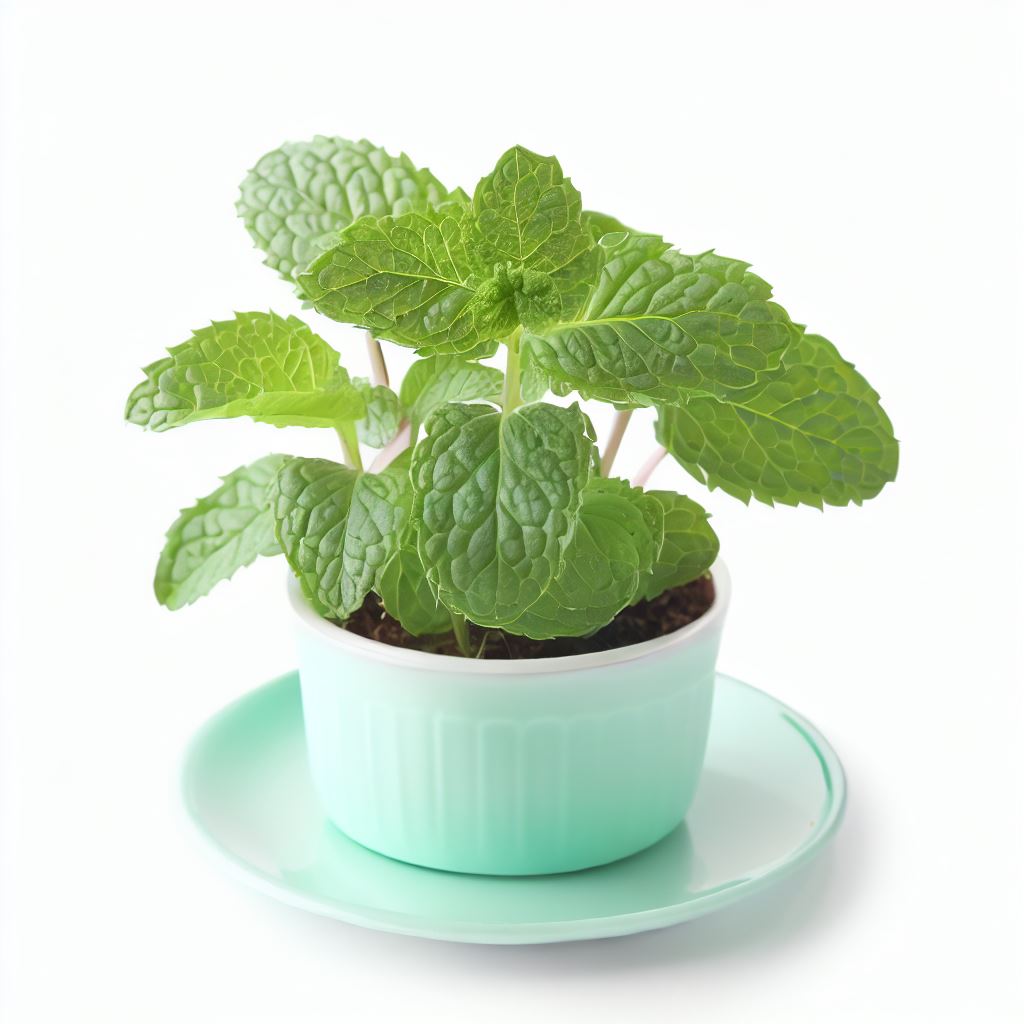
Mint is a versatile and easy to grow indoor herb. It tolerates low light and irregular watering.
- Cool, refreshing menthol flavor
- Perennial
- Grows 12-24 inches tall
- Very easy for beginners
- Use in tea, juleps, desserts, salads
Bay Laurel
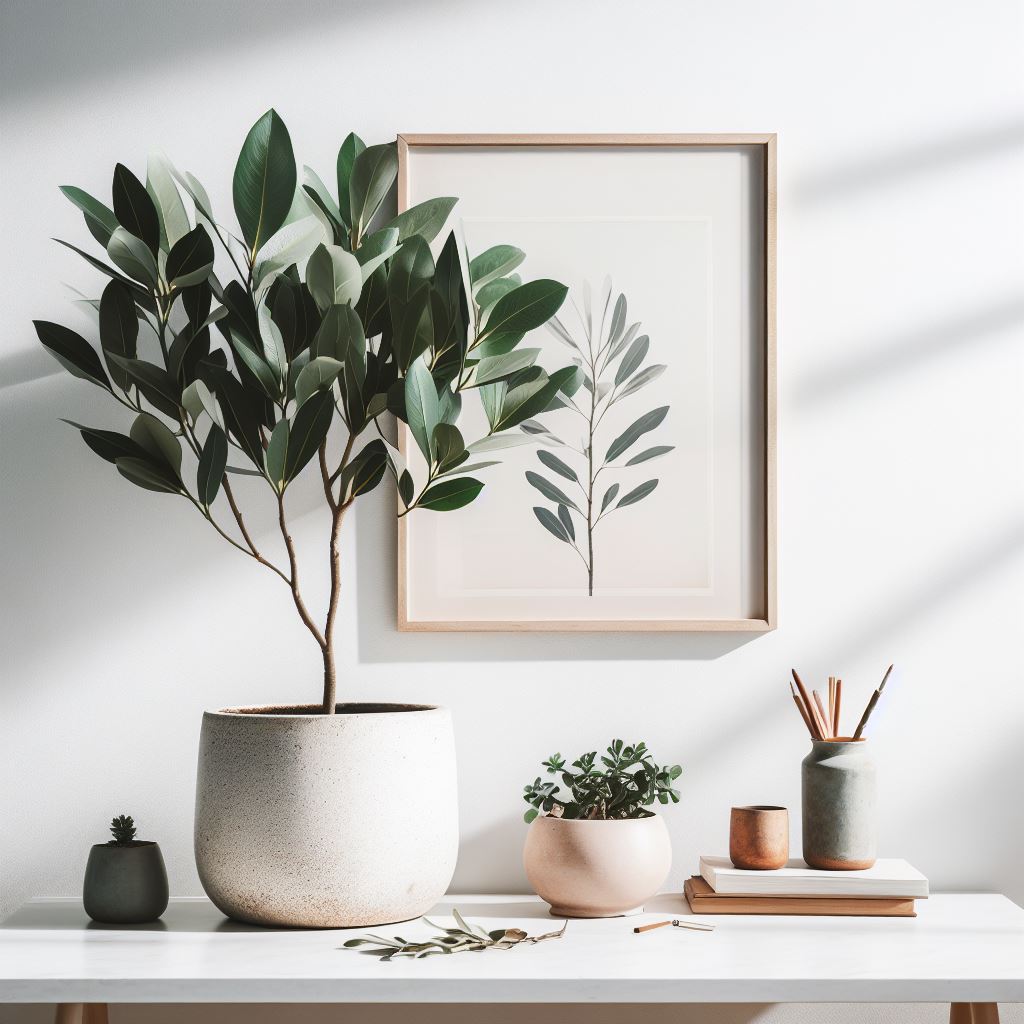
Native to the Mediterranean, bay laurel handles indoor growing conditions well. It does best in bright, indirect light.
- Woodsy, slightly peppery flavor
- Perennial
- Grows 10-15 feet tall
- Intermediate for beginners
- Use in soups, stews, with meats and vegetables
Thyme
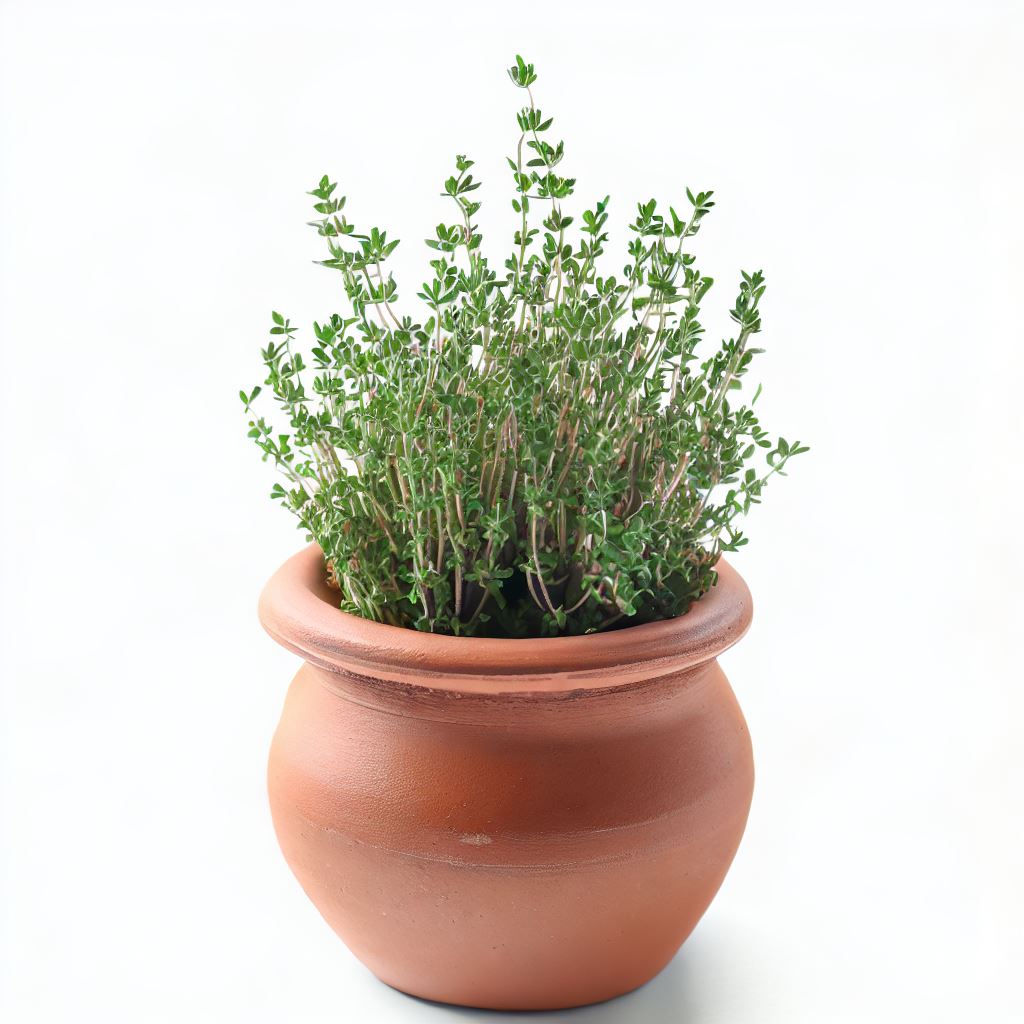
For indoor thyme, lemon and English thyme do best. Cut back before bringing inside for winter.
- Earthy, lemony flavor
- Perennial
- Grows 10-12 inches tall
- Easy for beginners
- Use in meat, fish, vegetable dishes
Parsley
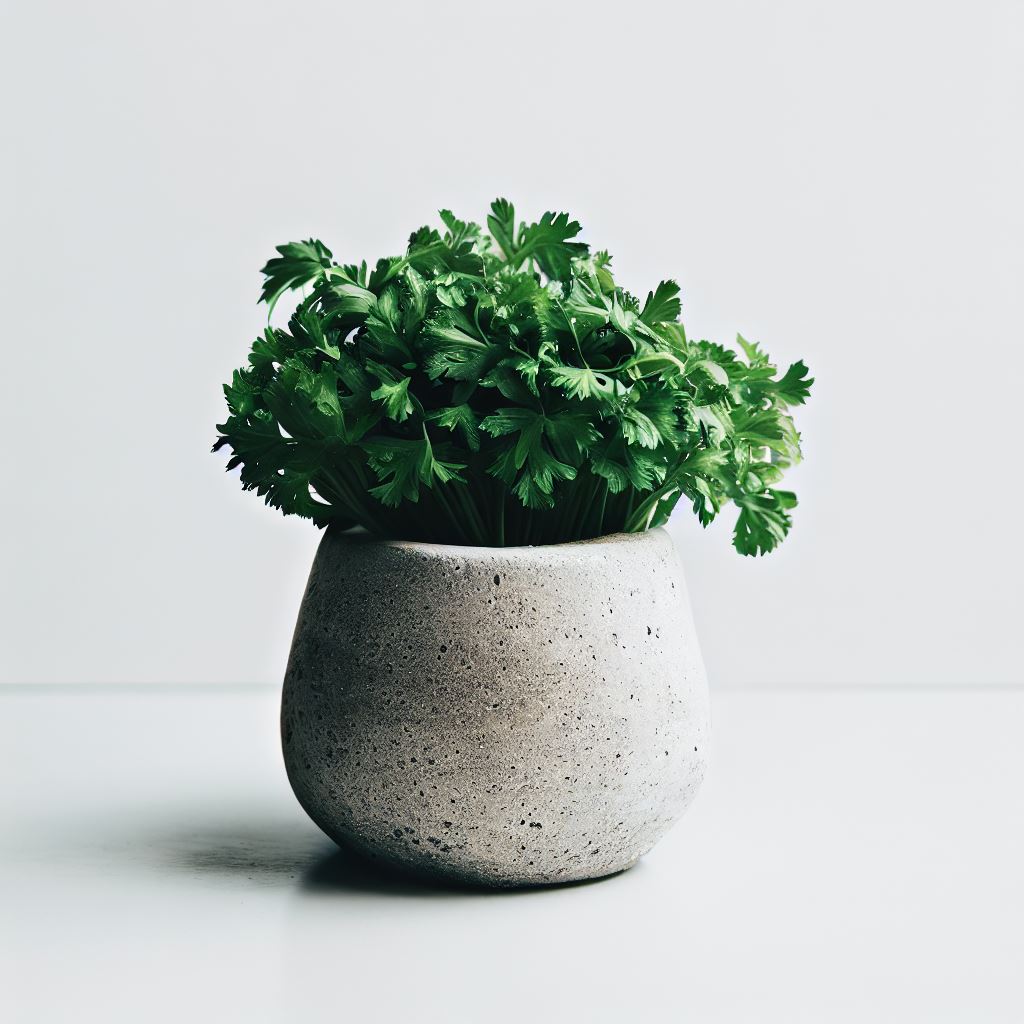
A biennial, parsley will regrow every spring if kept indoors over winter. Curly leaf varieties tend to do best indoors.
- Fresh, grassy flavor
- Biennial
- Grows 6-12 inches tall
- Very beginner friendly
- Use in salads, dressings, soups, pasta
Chervil
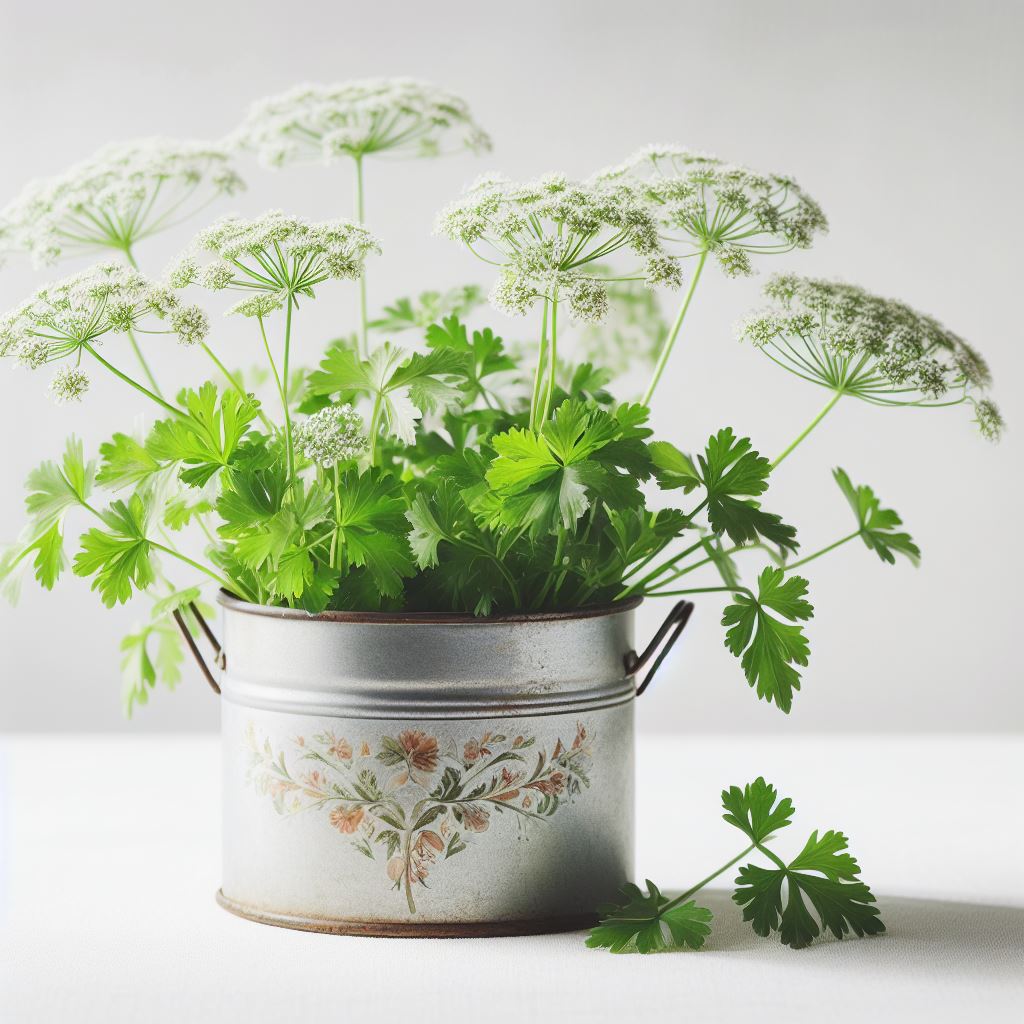
A delicate annual herb, chervil adds a light anise flavor. Grow from seed indoors.
- Mild anise flavor
- Annual
- Grows 12-24 inches tall
- Easy for beginners
- Use in fine sauces, seafood, eggs
How Often Do You Water Your Indoor Winter Garden?
Watering properly is important to keeping herbs happy and healthy indoors through the winter. It’s easy to over or underwater indoor plants, so following best practices is key.
As a general rule, most indoor herb gardens need watering about once a week in the winter. However, you should always check soil moisture before watering rather than sticking to a set schedule.

Test the soil with your finger about 1-2 inches deep. If the soil feels dry and crumbly, it’s time to water. If it still feels moist, hold off for a few more days. This may mean you water slightly more or less than once per week depending on conditions.
Some signs your indoor herbs need water:
- Soil is dry 1-2 inches deep
- Leaves look limp or droopy
- Pot feels very lightweight when lifted
- Leaves appear dull or less vibrant
Be sure pots have drainage holes and saucers to catch excess water. Only water when the top few inches of soil are dry, and water thoroughly until it drains from the bottom. This encourages deep roots.
In winter, the air is drier so plants lose moisture faster. However, cool temperatures mean slower growth requiring less frequent watering. Adjust as needed based on your plants and indoor environment. Consistently check soil moisture before adding more water. With the right balance, your indoor herb garden will stay hydrated and healthy.
Our Top Tips for Growing an Indoor Herb Garden in Winter
Here are some essential tips to ensure a successful indoor herb garden during the winter months:
The Sunnier the Spot, the Better
Indoor herbs need ample light. Place them in the sunniest spot available, such as a south-facing window.
Warm Temperature Tolerant
Most herbs prefer temperatures between 60-70°F (15-24°C). Ensure your indoor space remains within this range.
Picking the Perfect Pots
Choose pots with good drainage to prevent waterlogging. Herb roots can rot if they sit in standing water.
Potting Mix Does the Trick
Use well-draining potting mix designed for herbs. It provides the right balance of moisture and aeration.
When to Water
Water your herbs when the top inch of soil is dry. Be cautious not to overwater, as this can lead to root rot.
Creating and maintaining an indoor herb garden during the winter is not only possible but also highly rewarding. With the right herbs, proper care, and a bit of attention, you can enjoy fresh, homegrown flavors all year round.
Frequently asked questions
What kind of potting mix should I use?
Use an indoor potting mix, not regular soil. Indoor mixes are lightweight and ensure good drainage.
How much light do indoor herbs need?
Most herbs require at least 4 hours of direct sunlight per day from a very bright, south or west facing window. If light is limited, consider supplementing with a grow light.
Can I grow herbs from seed indoors?
Yes! Starting from seed indoors allows you to grow more unique herb varieties. Use a seed starting mix and grow lights. Transplant into larger pots once established.
How do I maintain my indoor herb garden?
Prune herbs regularly to encourage bushy growth. Turn pots periodically so plants grow evenly. Check soil moisture frequently, watering when partially dry 1-2 inches deep. Fertilize monthly with a water-soluble fertilizer.
Happy gardening!







